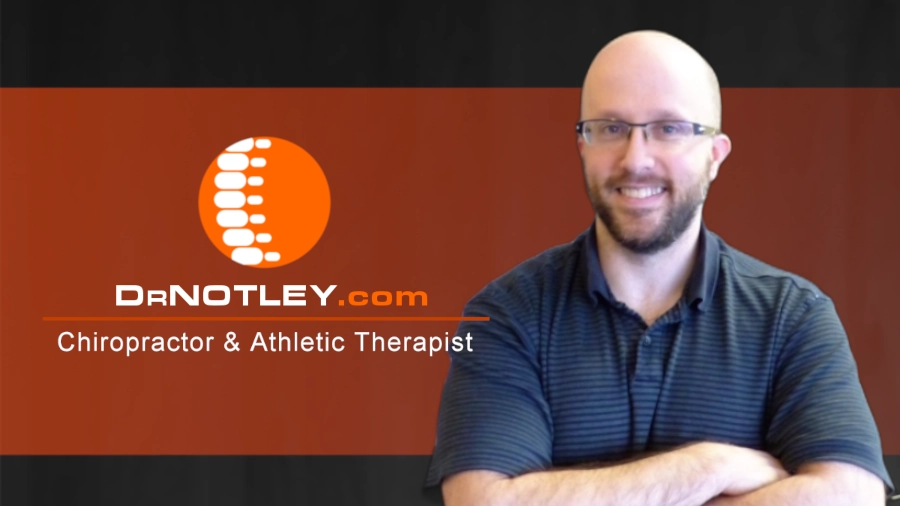The teres major muscle is an important muscle that affects the shoulder and shoulder blade. It originates near the inferior angle of the scapula (the bottom tip of the shoulder blade). It travels up through the armpit and attaches onto the humerus. In the arm pit it runs right along side the latissimus dorsi muscle.
Activities that use this muscle
The teres major helps to adduct the arm, rotate the arm inwards and extend it backwards. It is most active when a resistance is added during these movements. It is exercised during chin ups, pulldowns, and rowing activities. Other activities that use the teres major muscle are:
- Wood chopping
- Throwing a baseball
- During the backward swing of walking/running
- Holding the shoulder in extension (ie. reverse plank)
- Adducting the arm behind the back
- Pulling the steering wheel down
- Typing with and old fashioned type writer
When this muscle is over used, beyond what it is capable of recovering from, it can become sore and refer to the back of the shoulder and down the upper arm.
How do you locate the muscle?
To locate the belly of the muscle put your hand on the back of your hand and place your opposite fingers onto the back side of the armpit. Push you hand into the back of your hand and resist. You should feel the teres major and latissimus dorsi muscle tighten. Don’t worry which muscle it is you can treat both with the same movement.
To locate the attachment on the shoulder blade reach across with your opposite hand and feel the bony edge of the shoulder blade running almost vertically. The upper two thirds of this edge is the teres minor. The lower to ⅓ is the teres major. Feel for a tender spot on the tip. The body of the muscle is located on the back edge of the arm pit.
How to release the muscle
Place a ball onto the muscle. To hit the belly of the muscle I prefer that you have it on the outer edge of the armpit, find a tender point and pin the muscle down. Reach up towards the ceiling and feel added tension onto the muscle. If you externally rotate the shoulder (biceps facing backwards you will add a little more stretch to the area.
To hit tender points near the bottom tip of the shoulder blade you’ll have to turn your body away from the wall. Perform the same movement as before.
*** Disclaimer *** This video and post is for educational purposes only. It is not medical advice. If you are in pain, please visit your local health care provider or contact me if you are in #Winnipeg
Dr Notley, Chiropractor and Athletic Therapist, in Winnipeg
Originally posted on May 17, 2022 @ 4:39 pm
